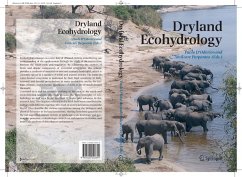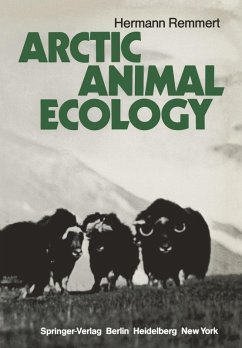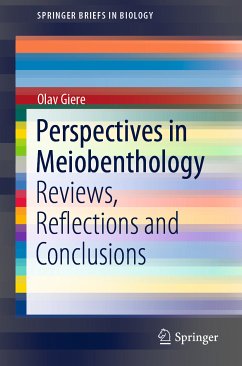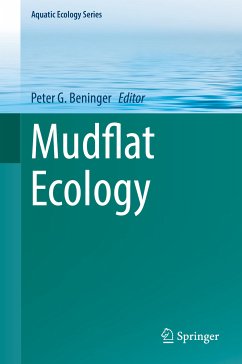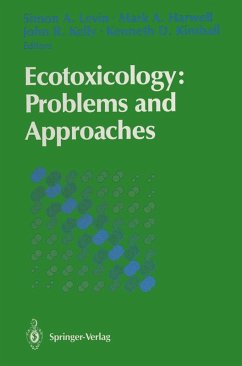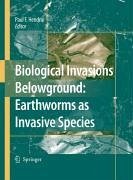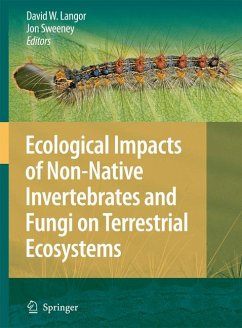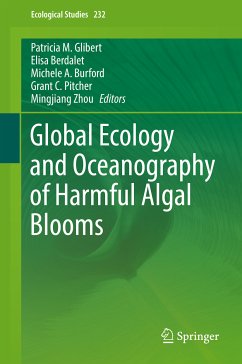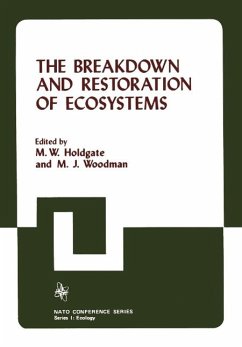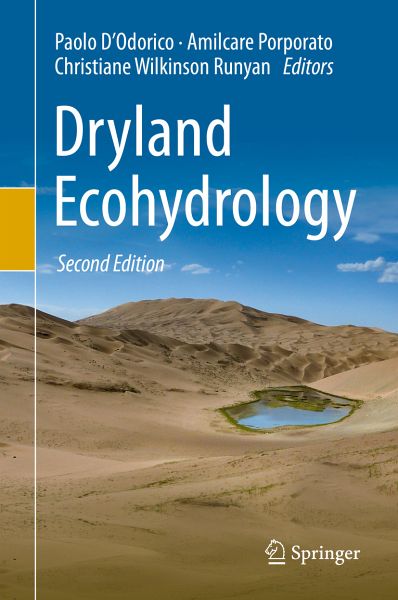
Dryland Ecohydrology (eBook, PDF)
Versandkostenfrei!
Sofort per Download lieferbar
88,95 €
inkl. MwSt.
Weitere Ausgaben:

PAYBACK Punkte
44 °P sammeln!
By combining the analysis of biotic and abiotic components of terrestrial ecosystems, this book synthesizes material on arid and semiarid landscapes, which was previously scattered among various books and journal articles. It focuses on water-limited ecosystems, which are highly sensitive to fluctuations in hydrologic conditions and, in turn, play an important role in affecting the regional water cycle.Intended as a tool for scientists working in the area of the earth and environmental sciences, this book presents the basic principles of eco-hydrology as well as a broad spectrum of topics and ...
By combining the analysis of biotic and abiotic components of terrestrial ecosystems, this book synthesizes material on arid and semiarid landscapes, which was previously scattered among various books and journal articles. It focuses on water-limited ecosystems, which are highly sensitive to fluctuations in hydrologic conditions and, in turn, play an important role in affecting the regional water cycle.
Intended as a tool for scientists working in the area of the earth and environmental sciences, this book presents the basic principles of eco-hydrology as well as a broad spectrum of topics and advances in this research field. Written by authors with diverse areas of expertise who work in arid areas around the world, the contributions describe the various interactions between the biological and physical dynamics in dryland ecosystems, ranging from basic processes in the soil-vegetation-climate system, to landscape-scale hydrologic and geomorphic processes, ecohydrologic controls on soil nutrient dynamics, and multiscale analyses of disturbances and patterns
Intended as a tool for scientists working in the area of the earth and environmental sciences, this book presents the basic principles of eco-hydrology as well as a broad spectrum of topics and advances in this research field. Written by authors with diverse areas of expertise who work in arid areas around the world, the contributions describe the various interactions between the biological and physical dynamics in dryland ecosystems, ranging from basic processes in the soil-vegetation-climate system, to landscape-scale hydrologic and geomorphic processes, ecohydrologic controls on soil nutrient dynamics, and multiscale analyses of disturbances and patterns
Dieser Download kann aus rechtlichen Gründen nur mit Rechnungsadresse in A, B, BG, CY, CZ, D, DK, EW, E, FIN, F, GR, HR, H, IRL, I, LT, L, LR, M, NL, PL, P, R, S, SLO, SK ausgeliefert werden.



